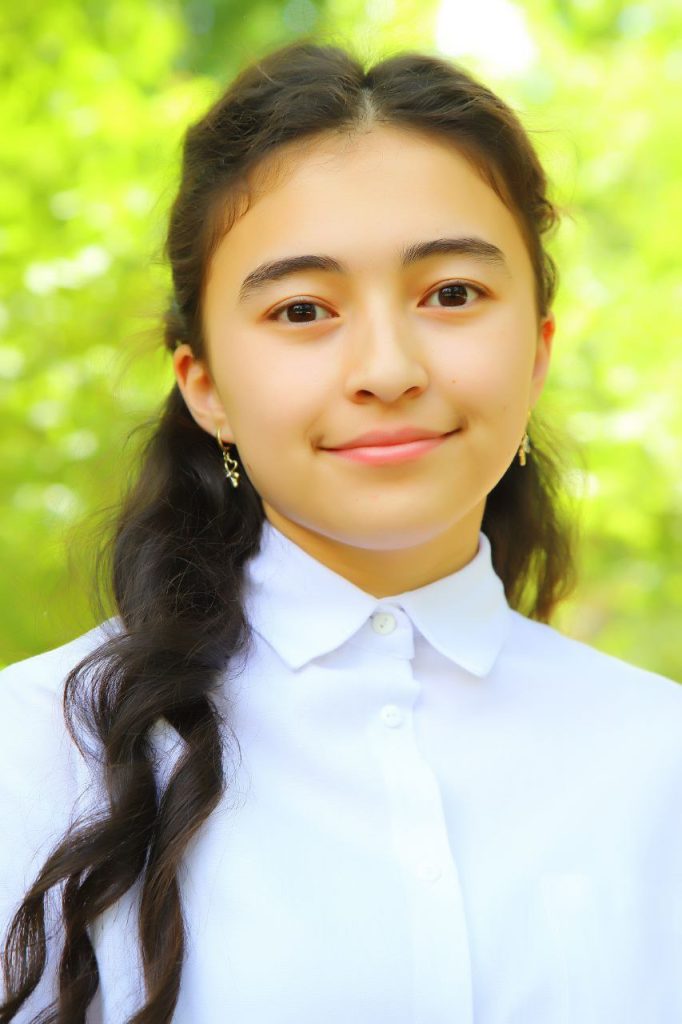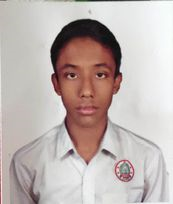
METHODS OF INTRODUCING INNOVATIVE PEDAGOGICAL TECHNOLOGIES IN EDUCATION
Teaching English to Medical students during the COVID-19 pandemic
Baxtiyorova Nozima Atabek qizi
Student of group 2212, the 3rd English faculty, UzSWLU
Abstract. Governments restricted face-to-face classes during the COVID-19 pandemic. However, education must be an ongoing process, and the epidemic caused numerous issues in the educational system. Learning foreign languages, particularly English, has become increasingly important in recent years. As a result, the Department of Foreign Languages at Tehran University of Medical Sciences reacted to the new circumstances and devised effective techniques for teaching English to their students online.
Keywords: English language teaching, COVID-19 pandemic, virtual learning, learning management system.
Relevance of the study English has grown in popularity in the modern era of communication, where expressing one’s views can lead to global integration. Because of the requirement for detail, this field has increased. The primary language utilized to communicate medical essentials is English (Faraj, 2015). According to Milosavljevi (2008), medical professionals and researchers must learn. English to teach in English, to be instructed in English, and to publish their findings in English. Some assessments indicate that the quality of English used in medical contexts, such as classroom instruction, research articles, and courses, has been steadily improving (Hwang & Lin, 2010). Because most scientific, academic, and technical information is communicated in English, English is vital in medicine (Creswell, 2013). As a result, finding means to boost English language training for students of medical and healthcare professions is critical (Milosavljevi, 2008). As previously said, English is the language of choice in global healthcare; consequently, a strong command of the English language is essential to access critical scientific and medical information (Heming & Nandagopal, 2012). Aside from conducting research and gaining knowledge, additional factors demonstrate the importance of the English language in medical education.
In March 2020, the World Health Organization (WHO) declared the novel coronavirus disease (COVID-19) a global pandemic. As of August 7, 2021, a total of 200,840,180 confirmed cases of COVID-19 with 4,265,903 deaths have been reported globally. Reportedly it originally started in December 2019 in China, yet the first officially documented cases of the disease in Iran were announced on February 19, 2020. In order to control the spread rate of the infection in Iran, the Government decided to close all universities as part of a plan to encourage people to stay at home. As a result, TUMS had to cancel all the face-to-face classes, and as the exact date for the resolution of this calamity could not be determined, education had to continue virtually.
In 2017, TUMS had already launched a Learning Management System (LMS), called NAVID, as an essential infrastructure for the establishment and development of e-learning. Now NAVID has different facilities for students and professors. Professors and students can see and monitor their current and previous courses, and as an important feature, it allows professors to receive different kinds of reports including all of their activities, students’ collective and individual activities in each course, students’ assignments, assessment of and feedback on the assignments, all the exams’ reports, and the students’ scores and performance in each exam. Professors upload the resources and materials for the students in the ‘Resources and Content Section’ where different types of resources and the prepared teaching materials can be uploaded in a variety of formats. In the ‘Homework Section’, professors can give the assignments and set a deadline for the submission of each assignment. Students can upload their assignments in different forms, namely audio, video, photo, or text, depending on the assignment and the instructions given by the professors. Here professors can give feedback to the students both individually and as a group.
NAVID allows the professors to design and take various kinds of tests and examinations. Moreover, the ‘Conversation and Messages’ Section allows students and professors to raise questions and discuss ideas. The ‘Class Section’ provides professors and students with the opportunity to arrange for synchronous sessions.
Since the beginning of the outbreak, in the Spring and Summer semesters of the academic year 2019-2020, and the Fall semester of the academic year 2020-2021, about 4,000 students participated in 183 classes which were administered through NAVID. In order to ensure the quality of education, four working groups were formed by the Department, and the part-time lecturers were asked to join the working groups based on the courses they taught. A full-time member of the faculty took on the responsibility of leading a working group. In these groups, part-time lecturers were asked to report in the written form (based on a certain format) at least two times during the semester to the head of each group. The lecturers could use these working groups to raise questions, discuss ideas with peers and also the head of the group, receive suggestions, and find solutions for the raised issues. The reports of the working groups were compiled by the head of the group and then submitted to the Chair of the Department of the Foreign Languages.
As teaching has been affected during the pandemic, so has the students’ assessment. Since the academic year 2018-2019, the written summative examinations of English language courses offered by TUMS Department of Foreign Languages were held in TUMS Test Centre electronically, such that students attended the examination sessions in person and took the test online. In the first and second semesters of the academic year 2019-2020, however, the final examinations were held centrally and electronically, but virtually and remotely.
Students and professors should take advantage of this opportunity to acquaint themselves with, and acquire the skills and competencies needed for, the new era. The pandemic seems to have opened new windows for teaching and learning. Bringing the future into the present and changing our views and attitudes towards virtual and distance education and moving in line with the technology dependent world in the right direction can prove to be a blessing in disguise.
References
- Kao GYM. Enhancing the quality of peer review by reducing student “free riding”: Peer assessment with positive interdependence. British Journal of Educational Technology, (2013); 44(1): 112-124. doi:10.1111/j.1467-8535.2011.01278
- Price M, Carroll J, O’Donovan B, Rust C. If I was going there I wouldn’t start from here: Acritical commentary on current assessment practice. Assessment & Evaluation in Higher Education, (2011); 36(4): 479-492. doi:10.1080/02602930903512883
- Shabani, E.A., Panahi, J. (2021). An Account of Teaching English to Medical Students During the COVID-19 Pandemic. Academia Letters, Article 3587. https://doi.org/10.20935/AL3587
- Tehran University of Medical Sciences (TUMS) – Office of Vice-Chancellor for Education;2020. Available from https://www.tums.ac.ir/content/details/377?lang=fa
- Tehran University of Medical Sciences (TUMS) – Statistics and Information Technology Center. TUMS Abstract of Yearbook. Tehran, Iran: TUMS; 2019. Available from https://sit.tums.ac.ir/uploads/2/2020/Aug/09/Abstract%20of%20yearbook98(6).pdf
- Times Higher Education World University Ranking (THE). The impact of coronavirus on higher education; 2021. Available from https://www.timeshighereducation.com/hub/keystone-academic-solutions/p/impact-coronavirus-higher-education
- Times Higher Education World University Ranking (THE). Times Higher Education’s Digital Teaching Survey results; 2020. Available from https://www.timeshighereducation.com/features/times-higher-educations-digital-teaeching-survey-results
- Uto M, Ueno M. Item response theory for peer assessment. IEEE Transactions on Learning Technologies, (2016); 9(2): 157-170. doi:10.1109/TLT.2015.2476806
- World Health Organization. WHO coronavirus disease (COVID-19) dashboard; 2020. Available from https://covid19.who.int/










